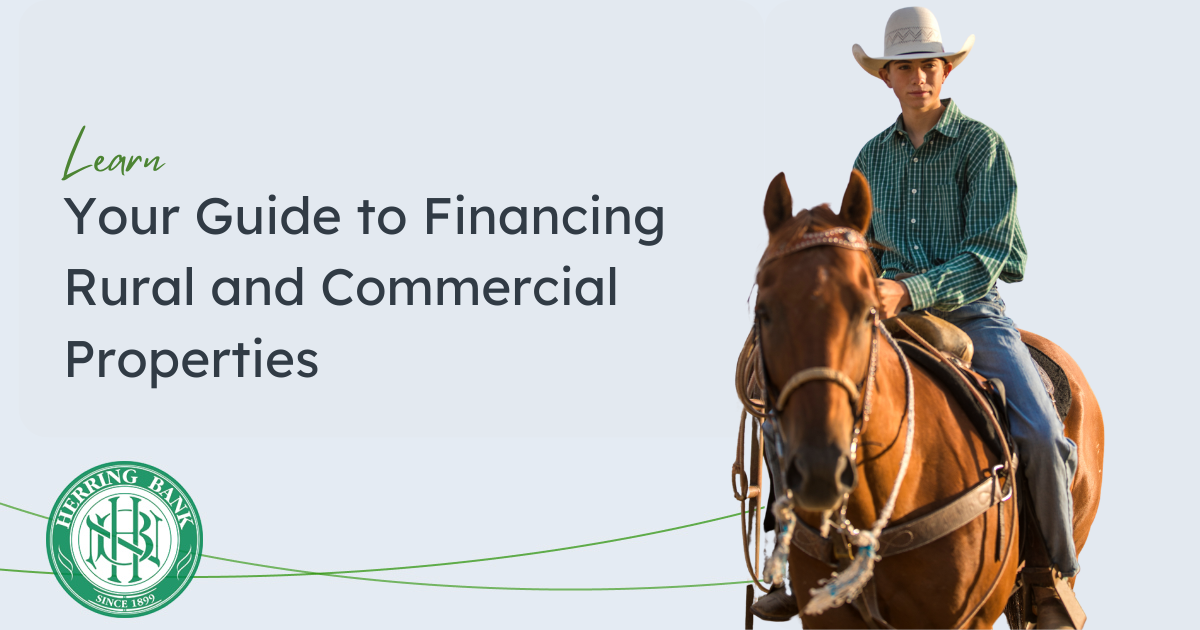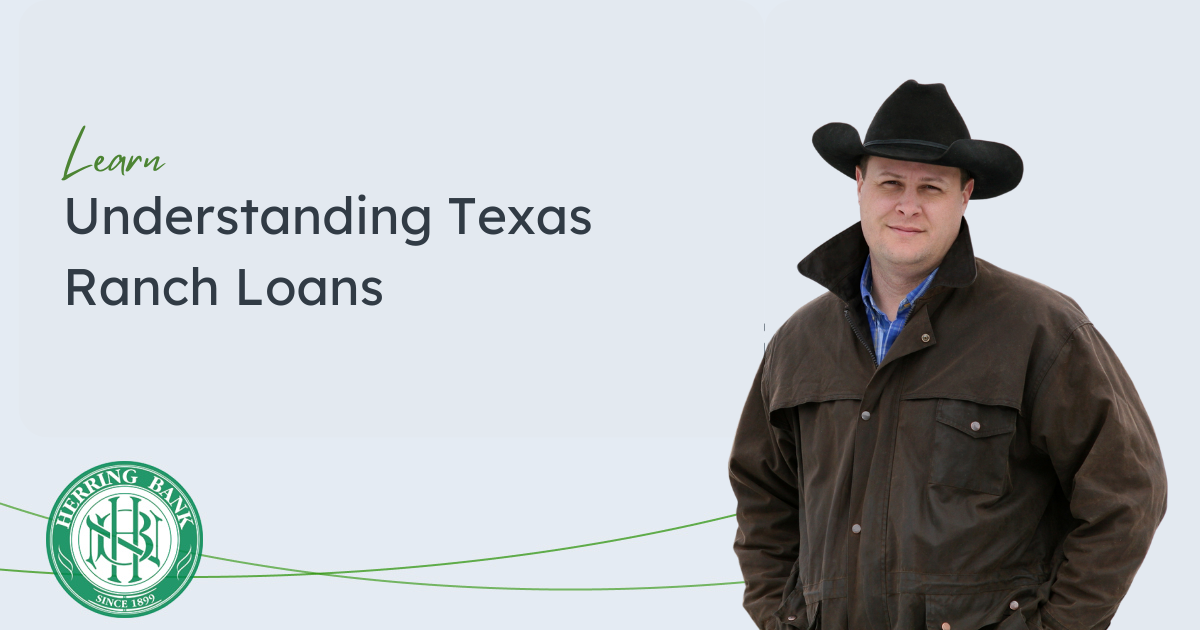
Refinance a Mortgage in Texas Step by Step
Refinancing your mortgage in Texas can be a great way to improve your financial situation by securing better interest rates, more favorable loan terms, or accessing the equity in your home. While the process can seem complex, having a clear understanding of the steps, eligibility criteria, and associated costs will make refinancing much easier.
Quick Facts About Refinancing in Texas
- Purpose: Refinancing replaces your existing mortgage with a new loan. This can lower your monthly mortgage payments, reduce your interest rate, or allow you to access equity through a cash-out refinance.
- Eligibility: Lenders will evaluate your credit score, debt-to-income ratio (DTI), and home equity. For conventional loans, a minimum credit score of 620 is required, and for cash-out refinances, you need at least 20% home equity.
- Costs: Refinancing involves closing costs, typically ranging from 2% to 6% of the loan amount, which can include origination fees, appraisal fees, and title insurance.
Comparison of Refinancing Options in Texas
| Refinance Option | Eligibility | Loan Terms | Key Benefits | Considerations |
|---|---|---|---|---|
| Rate-and-Term Refinance | 620+ Credit Score, 43% DTI Ratio | Fixed or adjustable-rate, extend/shorten loan term | Lower monthly payments, reduced interest rates | Closing costs, potential extension of loan term |
| Cash-Out Refinance | 620+ Credit Score, 20% Equity Required | Fixed or adjustable-rate, 80% Loan-to-Value (LTV) | Access home equity for large expenses | Higher interest rates, stricter Texas-specific guidelines |
| Streamline Refinance | Existing FHA, VA, or USDA Loan | No appraisal or income verification needed | Faster process, lower closing costs | Limited to certain loan types |
| Home Equity Loan (HEL) | 620+ Credit Score, Home Equity of 20%+ | Fixed rate, lump sum loan | Access lump sum cash for specific purposes | Higher interest rates than refinance options |
| HELOC (Home Equity Line) | 620+ Credit Score, Home Equity of 20%+ | Revolving credit line based on home equity | Flexible, use as needed | Variable interest rates |
| Mortgage Recasting | Lump sum payment toward principal | Existing loan terms | Lower monthly payments without refinancing | Must have large cash sum to pay toward principal |
| Loan Modification | Financial hardship cases | Change existing loan terms (interest rate/term) | Lower monthly payments, avoid foreclosure | Impact on credit score, potentially longer loan term |
*Table has general terms and is not suitable to be taken as advice. Consult with a Banker or Mortgage Professional for personalized advice.
What is a Mortgage Refinance?
Refinancing your mortgage means replacing your existing loan with a new one, typically to secure a lower interest rate, modify the loan term, or access your home equity. This process may also eliminate private mortgage insurance (PMI) and mortgage insurance premiums if the balance of your loan is below 80% of the home’s value. For those with adjustable-rate mortgages (ARMs), refinancing into a fixed-rate mortgage can stabilize monthly payments.
Eligibility and Requirements for Refinancing in Texas
Refinancing a mortgage in Texas requires meeting specific eligibility criteria and requirements. Lenders typically assess a borrower’s creditworthiness, debt-to-income ratio, and loan-to-value ratio to determine their eligibility for refinancing. Here are some key requirements to consider:
- Credit Score: A minimum credit score of 620 is generally recommended for conventional loans, although some lenders may require a higher score for cash-out refinancing.
- Debt-to-Income Ratio: A debt-to-income ratio of 43% or less is typically required, although some lenders may allow higher ratios with compensating factors.
- Loan-to-Value Ratio: The loan-to-value ratio is the percentage of the home’s value that the borrower is borrowing. For example, if the home is worth $200,000 and the borrower is borrowing $160,000, the loan-to-value ratio is 80%.
- Income and Employment: Borrowers must demonstrate stable income and employment to qualify for refinancing.
- Property Type: Refinancing is available for primary residences, second homes, and investment properties.
Meeting these requirements is crucial for a successful refinancing process, as they help lenders assess the risk and determine the terms of the new loan.
Types of Mortgage Refinance Options
Texas homeowners have several mortgage refinance options to choose from, each with its own benefits and requirements. Here are some common types of mortgage refinance options:
- Rate-and-Term Refinance: This type of refinance allows borrowers to modify the interest rate and/or loan term of their existing mortgage. It’s ideal for those looking to secure a lower interest rate or change the duration of their loan.
- Cash-Out Refinance: A cash-out refinance loan allows borrowers to refinance their mortgage for more than they owe on their current loan, taking the difference in cash. This option is perfect for those needing funds for major expenses like home improvements or debt consolidation.
- Streamline Refinance: A streamline refinance is a simplified refinancing process designed for FHA, USDA, and VA loans. It typically requires less documentation and can be completed more quickly than traditional refinancing.
- Fixed-Rate Refinance: A fixed-rate refinance allows borrowers to refinance their mortgage to a fixed interest rate, providing stability and predictability in monthly payments. This is a great option for those who prefer consistent payments over the life of the loan.
- Adjustable-Rate Refinance: An adjustable-rate refinance allows borrowers to refinance their mortgage to an adjustable interest rate, which may offer lower initial payments but can increase over time. This option can be beneficial if you plan to sell or refinance again before the rate adjusts.
Understanding these options can help you choose the best refinance strategy to meet your financial goals.
Step-by-Step Process to Refinance Your Mortgage in Texas
- Assess Your Financial Goals:
- Determine if you're aiming to lower your monthly payments, shorten your loan term, or utilize a cash-out refinance to tap into your home’s equity.
- Check Your Eligibility:
- Lenders look at your credit score (620+ for conventional loans), DTI ratio (preferably under 43%), and home equity (at least 20% for cash-out refinances).
- Research and Compare Lenders:
- Shop around and compare offers from local and national lenders to find the best interest rates and lowest closing costs. Rates and fees can vary widely, so it’s important to get multiple quotes.
- Submit Your Application:
- Once you've chosen a lender, gather the required documents such as tax returns, bank statements, and pay stubs, and submit your application. Accuracy is key to avoid underwriting delays.
- Lock in Your Interest Rate:
- Once approved, lock in your interest rate to protect against market fluctuations. Rates change daily, so locking it in early can save you from potential increases.
- Close the Loan:
- Review and sign all closing documents, pay any required closing fees, and finalize the loan. Your existing mortgage will be replaced by the new one.
Refinancing Closing Costs in Texas
Refinancing in Texas comes with several potential costs, including:
- Origination Fees: Fees charged by the lender to process your loan.
- Appraisal Fees: Range from $500 to $1,000 depending on the location of your home.
- Title Insurance: Protects the lender from title issues.
- Prepayment Penalties: Check if your current mortgage has penalties for paying off the loan early.
These costs are typically between 2% and 6% of the loan amount, so ensure they’re accounted for in your refinancing decision.
Texas-Specific Refinance Rules and Guidelines: Credit Score Requirements
Texas has its own unique rules for cash-out refinances:
- You must retain at least 20% equity in your home, meaning your loan-to-value (LTV) ratio cannot exceed 80%.
- Lenders in Texas cannot charge more than 2% of the loan amount in closing costs (excluding third-party fees).
- Homeowners are restricted from applying for a second cash-out refinance within six months of closing.
Understanding these guidelines is essential for a smooth refinancing process.
Refinance Lender Comparison and Selection
Choosing the right lender for refinancing a mortgage in Texas is crucial to getting the best interest rate and terms. Here are some factors to consider when comparing and selecting a refinance lender:
- Interest Rates: Compare interest rates offered by different lenders to ensure you’re getting the best deal. Even a small difference in rates can significantly impact your monthly payments and overall loan cost.
- Fees and Closing Costs: Consider the fees and closing costs associated with refinancing, including origination fees, appraisal fees, and title insurance. These costs can add up, so it’s important to factor them into your decision.
- Loan Terms: Compare loan terms, including the loan term, interest rate, and monthly payments. Make sure the terms align with your financial goals and budget.
- Credit Score Requirements: Check the credit score requirements for each lender to ensure you meet the minimum requirements. Some lenders may offer better rates for higher credit scores.
- Customer Service: Consider the level of customer service offered by each lender, including their reputation, reviews, and responsiveness. Good customer service can make the refinancing process smoother and more pleasant.
- Loan Options: Compare the loan options offered by each lender, including the types of refinance loans available and the loan-to-value ratios. Having a variety of options can help you find the best fit for your needs.
By carefully evaluating these factors, you can select a lender that offers the best combination of rates, terms, and service, ensuring a successful refinancing experience.
Pros and Cons of Refinancing
Pros:
- Lower Monthly Payments: Secure a lower interest rate or extend your loan term to reduce your monthly payments.
- Access to Home Equity: A cash-out refinance allows you to tap into your home’s equity for major expenses, like home improvements or debt consolidation.
- Switch Loan Types: Move from an adjustable-rate mortgage to a fixed-rate mortgage for more predictable payments.
Cons:
- Closing Costs: Expect to pay between 2% and 6% of the loan amount in closing costs.
- Longer Loan Term: Extending the loan term lowers payments but increases the total interest paid.
- Credit Impact: Applying for a refinance can temporarily affect your credit score.
Refinancing Alternatives
If refinancing doesn’t suit your needs, consider these alternatives:
- Home Equity Loan (HEL): A lump sum loan against your home’s equity.
- Home Equity Line of Credit (HELOC): A revolving credit line based on home equity.
- Mortgage Recasting: Make a lump sum payment to reduce your monthly mortgage payments without refinancing.
- Loan Modification: Modify the terms of your current mortgage to lower payments.
Closing Thoughts
Refinancing a mortgage in Texas offers significant financial advantages, including potentially lower monthly payments, better terms, and access to your home’s equity. By following this step-by-step guide, understanding the associated costs, and comparing offers from various lenders, you can make an informed decision that aligns with your financial goals.
FAQs About Refinancing in Texas
Q: How often can I refinance my mortgage in Texas?
A: There’s no limit to how many times you can refinance, but you should consider the costs and potential benefits each time.
Q: What’s the minimum credit score for mortgage refinancing in Texas?
A: Most lenders require a minimum credit score of 620, though this may vary depending on the loan type.
Q: Can I refinance with a high debt-to-income ratio?
A: Refinancing can be difficult with a high DTI, but some lenders may offer options or consider other factors.
Q: How long does refinancing take in Texas?
A: The refinancing process typically takes 30 to 60 days, depending on the lender and loan.






